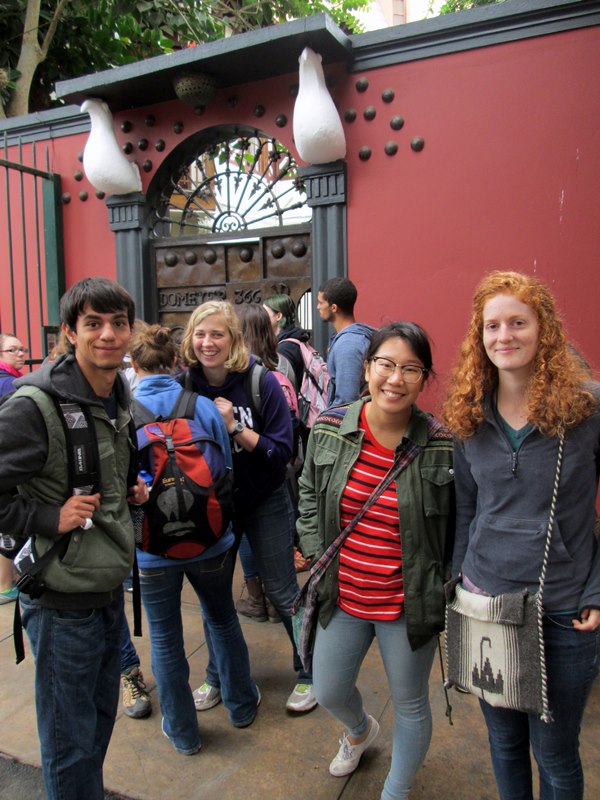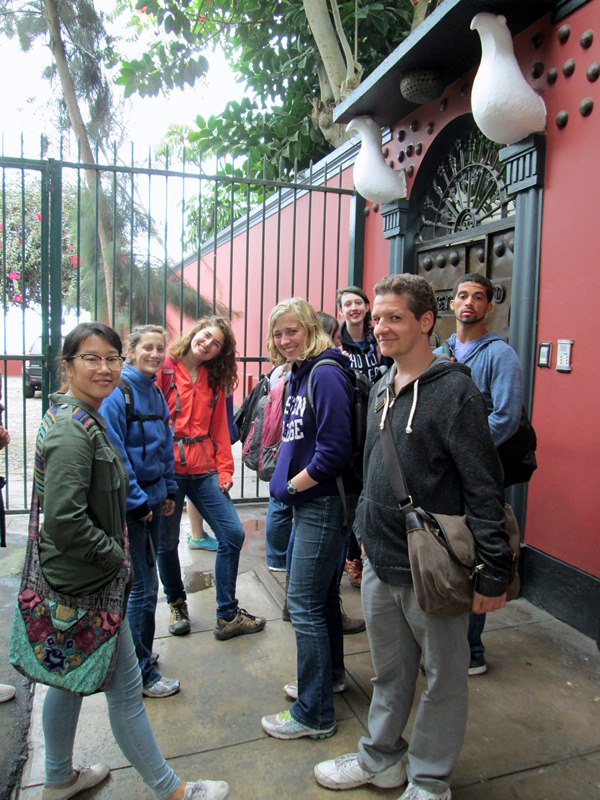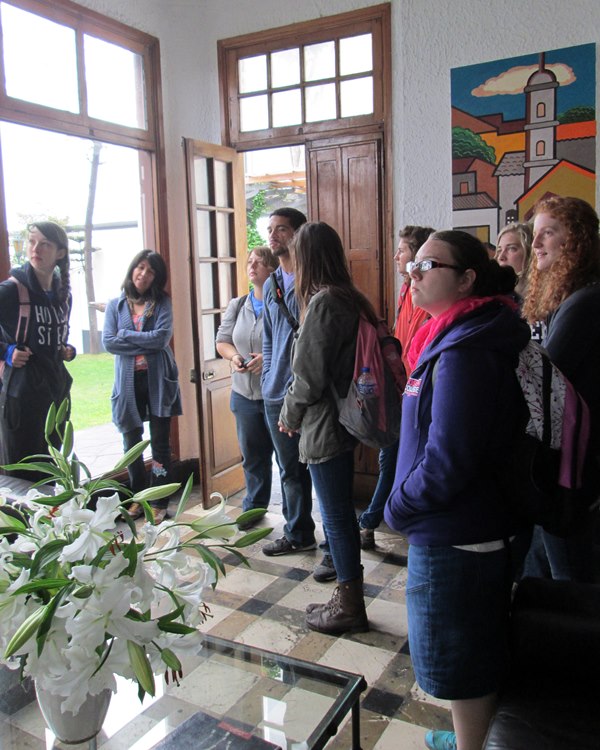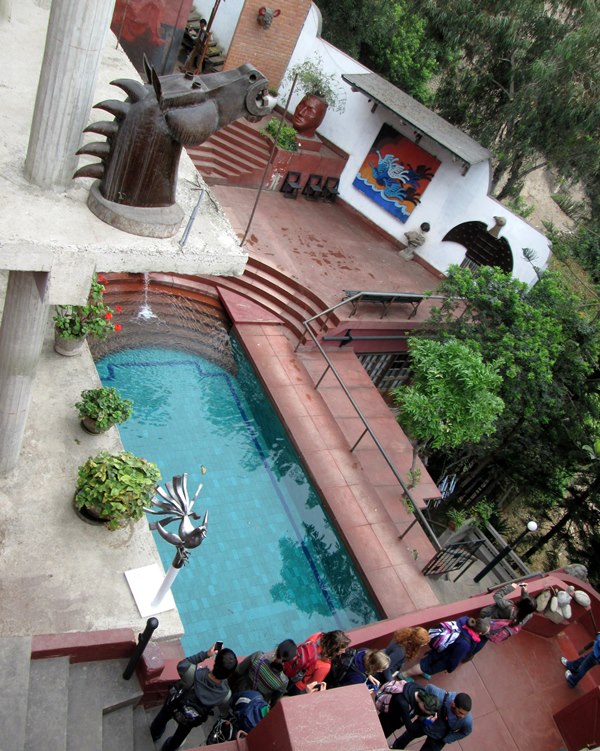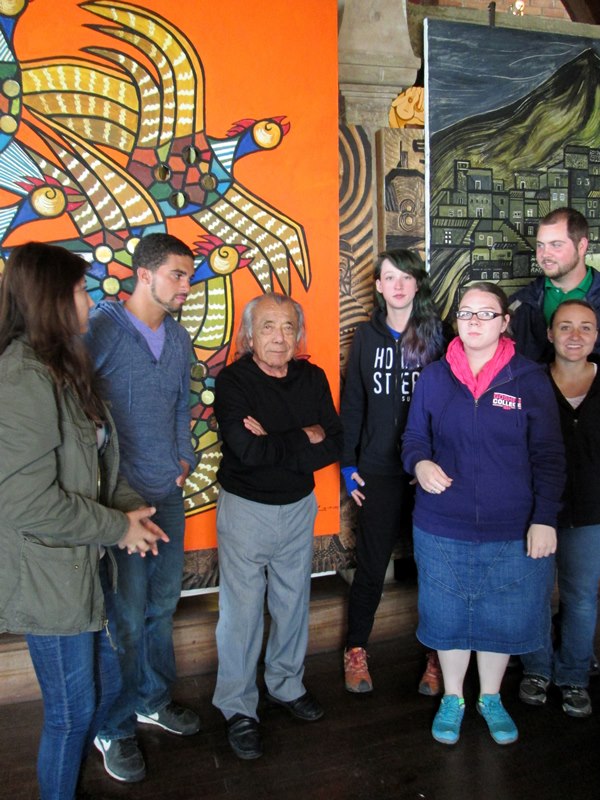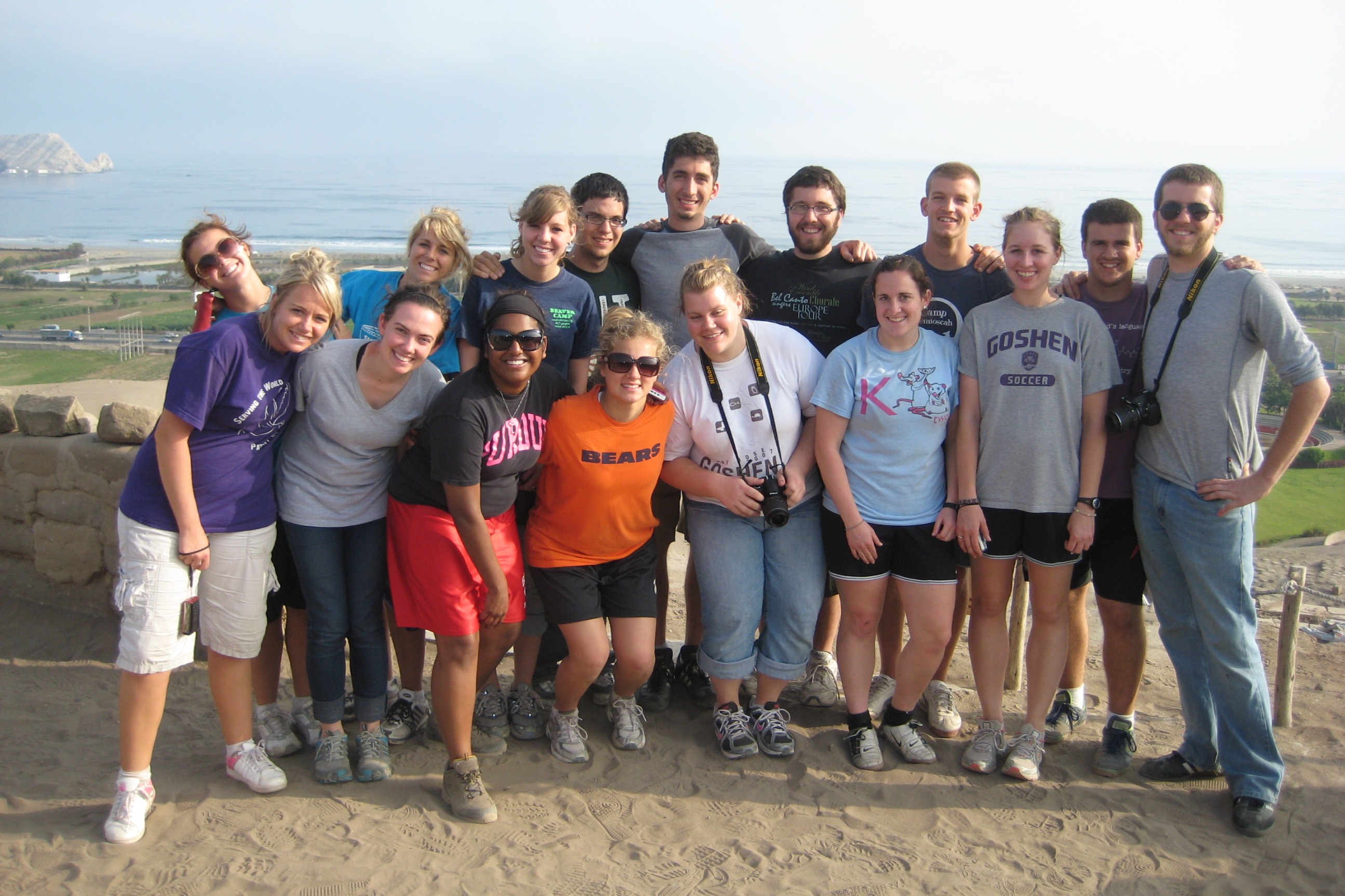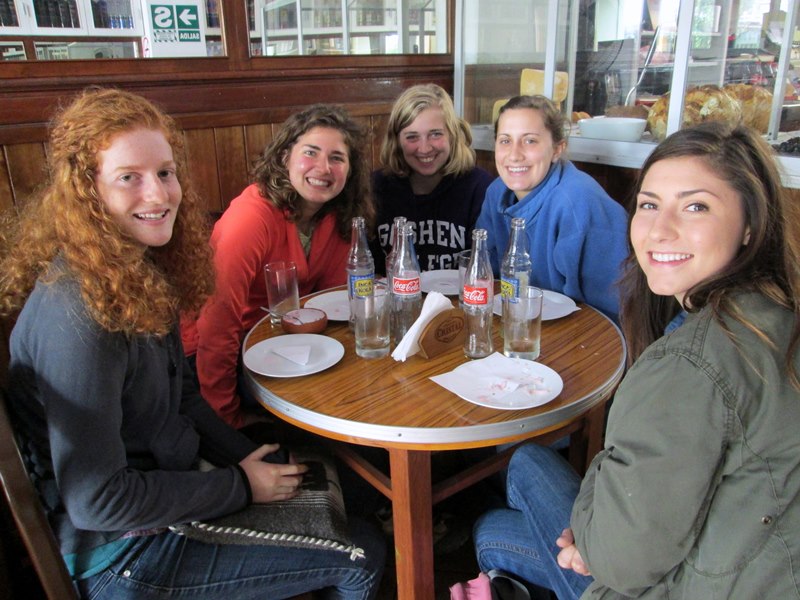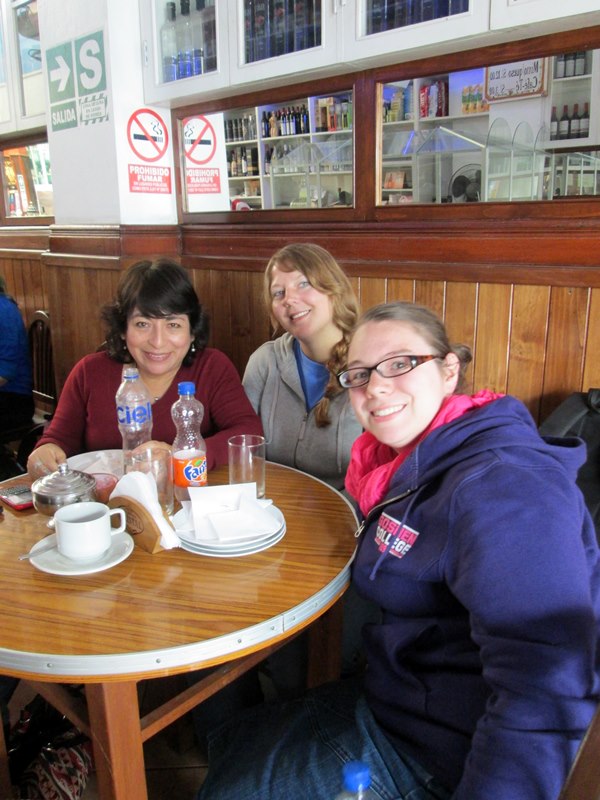Peruvian Artist, 86, Makes Case for 'Passion' Above All

We traveled to the home of Victor Delfín, one of Peru’s most celebrated artists, expecting that our visit would end the streak of interviews he has granted SST groups over the years.
We planned to tour the house but not see Delfín himself on this day; a museum staff member had alerted us earlier that Delfín was recovering from a cold or some kind of bug that had kept him in bed.
His seaside home in Barranco serves as a residence, studio and gallery. A guide led us through rooms upstairs and downstairs, pausing to tell us about dozens of paintings, sculptures and other works of art along the way.
In the first room, we saw a painting of a woman astride a centaur whose face looked strikingly like that of the artist. The date at the bottom of the painting, “21 Julio 2014,” confirmed that Delfín, who will turn 87 in December, remains productive.

Our guide mentioned that Delfín is inspired by dreams and poems and childhood memories, among other things. Perhaps the centaur, half man and half horse, drew on Delfín’s youth, when he often rode horse.
After we toured the main gallery rooms and the lawns and went back inside, suddenly, there he was, sitting in a leather chair, ready to hold forth. We sat on the available chairs and then on the floor, ready to listen.
He lamented that many of his pieces were no longer in the house, that they had been taken away for museums and private collections. “I wish the artwork would all be here so that I could show you,” he said.
The youngest child in a poor family from a fishing village in northwestern Peru, Delfín graduated from the National School of Fine Arts in Lima in 1958. He served briefly as director of the Puno School of Fine Arts and then as an art teacher in Chile.

Delfín, whose art is shown in major museums across South America, North America and Europe, works with many materials, including wood, metal, canvas, polychrome acrylics and aluminum.
Delfín is especially known for large metalwork sculptures of birds, horses and other animals, as well as his sensual and colorful paintings. His most celebrated piece in Lima is “El Beso” (The Kiss), a 1993 sculpture of a couple locked in a passionate embrace. It is located in Lima’s Parque del Amor (Love Park), and couples like to pose beside it for photos after weddings and especially on Valentine’s Day.

He leaned out toward us when asked why he creates artwork. “It’s not a profession or a career,” he said. “It’s a passion. Maybe it’s a little of running away from myself or maybe trying to escape discouragement.”
He said that he paints “at dawn or at dusk — anytime.”

When one student mentioned majoring in art, he became even more animated. “Art must be a passion, not a career,” he said. “Professors impose their own aesthetic on students; they impose their own views. Students should be taught to be free, to be individuals. If it were up to me, there wouldn’t be schools. The school system is a danger.”
This was why, he said, he no longer teaches classes. He encouraged the student who had asked the question to forget about the masters and take an original path.
An artist should always be thinking of the next piece — or pieces, he said.
“Every piece should have the same passion,” he said.
